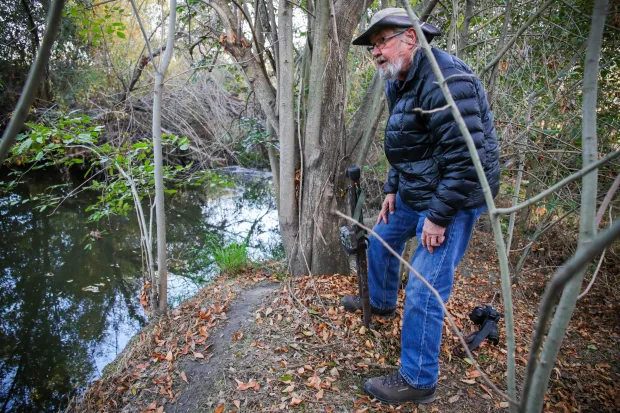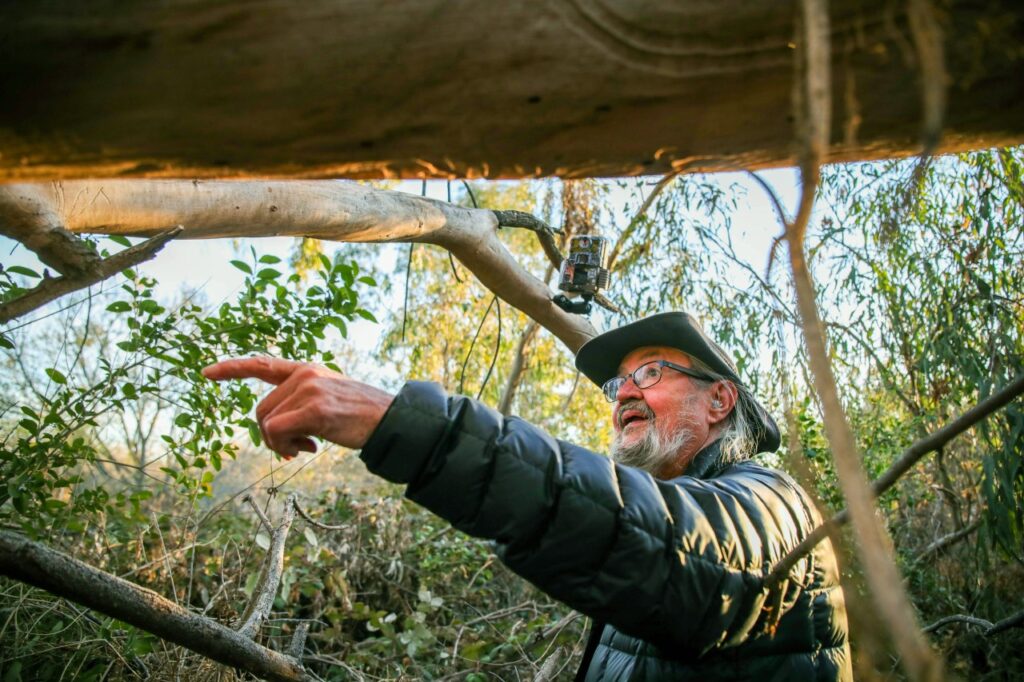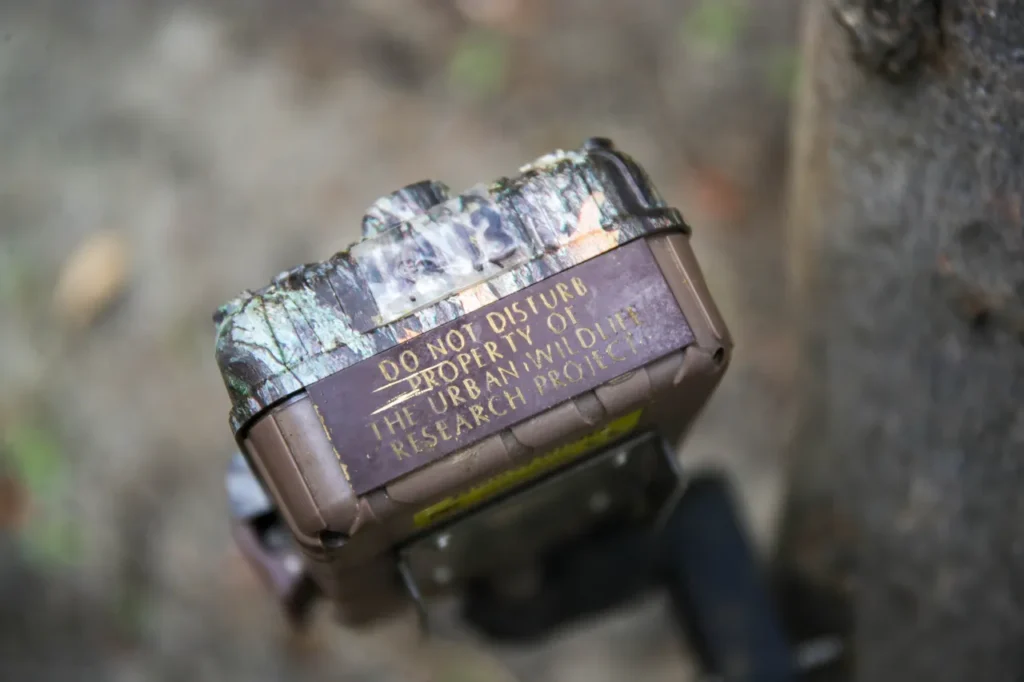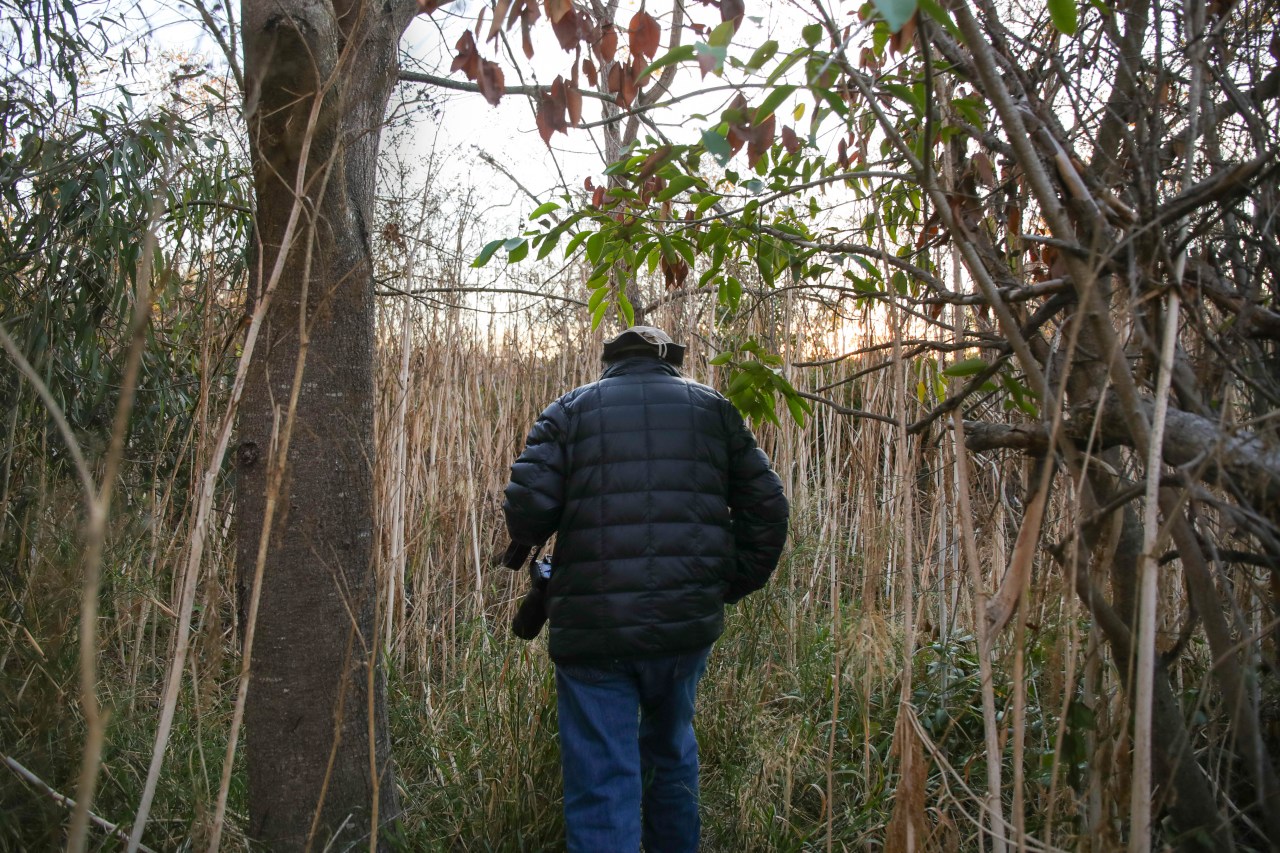Our Vision: A Connected Wildlife Corridor from Baylands to the Santa Cruz Mountains.

The San Francisco Bay Area is a complex landscape of urban development, infrastructure, and natural habitats. As human expansion continues, wildlife corridors become increasingly fragmented, leading to genetic isolation, habitat loss, and species decline. The Matadero Creek Wildlife Corridor Restoration Initiative seeks to restore connectivity between the Baylands and the Santa Cruz Mountains, ensuring safe passage for wildlife and the long-term ecological health of the region.
Years of urbanization have altered Matadero Creek, transforming much of its natural flow into a channelized system. This has resulted in habitat fragmentation, reduced genetic diversity in wildlife populations, and barriers to species movement. By studying these impacts, we aim to identify solutions that will restore natural corridors, improve genetic flow, and support biodiversity.
Our research focuses on identifying key wildlife movement paths along Matadero Creek and its connection to nearby ecosystems. Through field surveys, environmental DNA (eDNA) analysis, and trail cameras, we have detected species such as gray foxes, raccoons, and skunks using fragmented pathways to navigate the landscape. However, these routes are often dangerous and obstructed by concrete barriers, roadways, and urban development. We encourage citizen scientists and community members to contribute by reporting wildlife sightings, helping us build a comprehensive map of movement corridors. The ultimate goal is to establish safe, functional pathways for wildlife that reconnect isolated populations and mitigate human-wildlife conflict.
Matadero Creek’s current infrastructure impacts not only terrestrial wildlife but also aquatic species. Steelhead trout, a federally threatened species, struggle to migrate due to barriers created by concrete channels and altered water flow. Hydrological studies are underway to assess how modifications, such as removing concrete sections, restoring riparian vegetation, and implementing fish passages, could improve habitat quality and species survival.


When keystone species like the gray fox decline due to habitat fragmentation, ecosystem imbalances occur. Without natural predators regulating populations, an increase in rodents can lead to cascading ecological consequences. By restoring wildlife corridors, we aim to reestablish these natural predator-prey relationships and enhance overall ecosystem stability.
To make a lasting impact, our initiative focuses on restoring Matadero Creek by identifying priority areas where channelized sections can be converted back into natural waterways. Collaborating with local agencies will allow for the design and implementation of safe passage solutions for animals crossing roadways and urban barriers. Through partnerships with conservation organizations, government agencies, and local stakeholders, we will advocate for policies that protect and enhance wildlife corridors.
Matadero Creek’s restoration depends on community support. You can contribute by reporting wildlife sightings to help map corridors, volunteering for habitat restoration projects, advocating for policies that prioritize ecological connectivity, and supporting research efforts through donations and community initiatives. By taking action now, we can ensure a future where wildlife can move freely between the Baylands and the Santa Cruz Mountains, maintaining the rich biodiversity that makes the San Francisco Bay Area unique.

